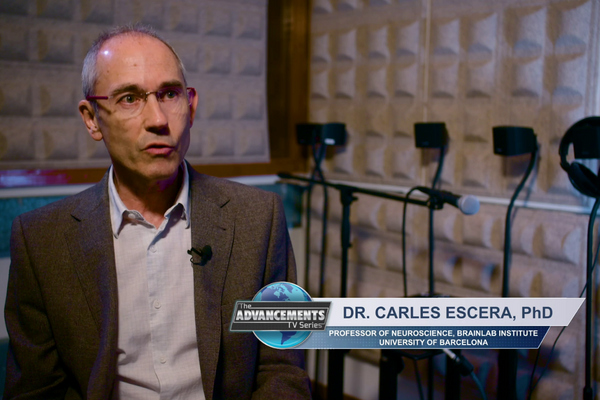By Dr. Carles Escera, Fran López-Caballero, and Natàlia Gorina-Caretaa
Method: Participants were instructed to read aloud a text of their choice during 3 experimental phases: baseline, test, and posttest, while wearing a Forbrain headset. Critically, for half of the participants (Forbrain group), the device was turned on during the test phase, whereas for the other half (control group), the device was kept off. Voice recordings were analyzed to derive 6 quantitative measures of voice quality over each of the phases of the experiment.

Results: A significant Group × Phase interaction was obtained for the smoothed cepstral peak prominence, a measure of voice harmony, and for the trendline of thelong-termaveragespectrum, ameasureof voice robustness, this latter surviving Bonferroni correction for multiple comparisons.
Conclusions: The results of this study indicate the effectiveness of Forbrain in modifying the speech of its users. It is suggested that Forbrain works as an altered auditory feedback device. It may hence be used as a clinical device in speech therapy clinics, yet further studies are warranted to test its usefulness in clinical groups.

.png?width=1900&name=blog_banner%20(1).png)

